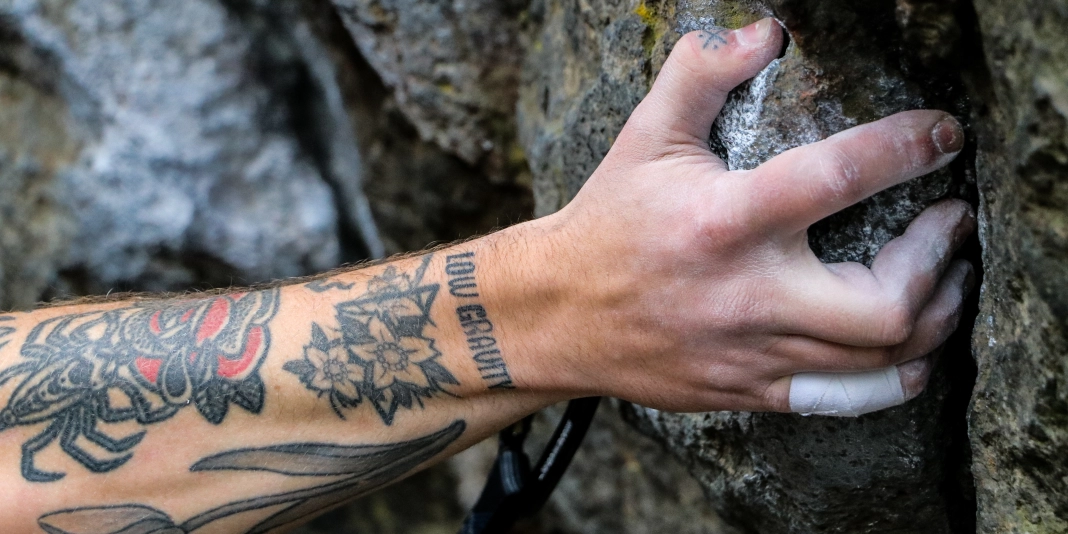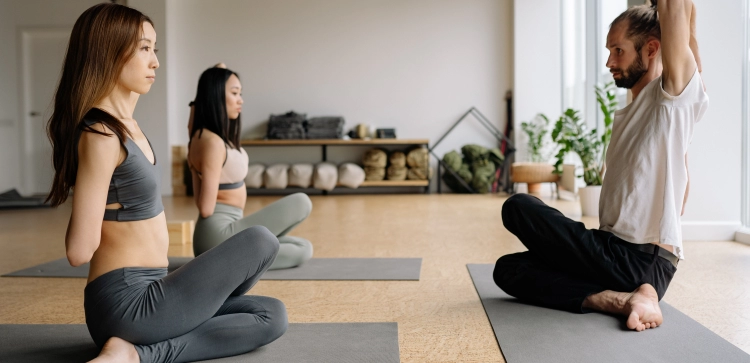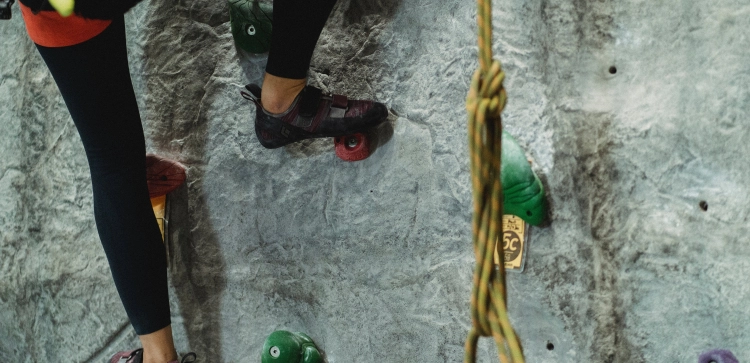How Can You Improve Technique For Tricky Holds?

Climbing often presents us with holds that seem to defy logic. These tricky holds, whether they're slopers, crimps, pinches, or something entirely unconventional, can be a source of frustration for climbers. However, mastering these holds is not only possible but also immensely satisfying. In this guide, we'll explore the art of improving your technique for tricky holds, providing you with the skills and strategies needed to tackle them with confidence.
Understanding the Challenge
Tricky holds are not your standard jugs or positive edges. They can be sloping, tiny, or featureless, making them difficult to grip securely. Understanding the challenge is the first step in overcoming it.
Common Types of Tricky Holds
Tricky holds come in various forms. There are slopers, which lack positive edges, crimps, which require precise finger strength, and pinches, which demand thumb and finger coordination. Each type requires a different approach. Holds also become tricker to grip and stay on depending on other factors such as their position in the route, and the angle of the wall where the holds are.
The Tricky Holds
1. Slopers
Slopers are notorious for their lack of positive features. To conquer them, focus on body positioning, weight distribution, and using your entire hand. Apply downward pressure to create friction. Many climbers, myself including, like to use a crimping style while climbing on slopers. Essentially, you are just crimping the flat surface of the sloper. This enables you to apply more pressure to the sloper, helping you stay on it every so easier. Another trick is to be closer to the wall, specifically, to be in the distance between the wall and the outermost point of the sloper. This allows you to apply more force to the sloper as well.
2. Crimps
Crimps require finger strength and accuracy. Train your fingers specifically for crimps, and practice open-handed crimping to reduce strain. Use precise footwork and body tension to help reduce the load on your fingers.
3. Pinches
Pinches demand thumb strength and control. Engage your thumb muscles and find the sweet spot for optimal grip. Pay attention to body positioning to distribute weight effectively.
Practical Tips
1. Train Regularly:
Dedicate time to train on holds that challenge you. This might involve hangboard workouts for crimps or practicing slopers on an indoor climbing wall.
2. Develop Finger Strength:
Strong fingers are essential for handling tricky holds. Incorporate finger-specific exercises into your training routine to build strength and endurance.
Conclusion
Tricky holds are a testament to the diversity and complexity of climbing. Rather than viewing them as obstacles, consider them opportunities for growth. By understanding the unique challenges posed by slopers, crimps, pinches, and other tricky holds, and by practicing specialized techniques, you can transform these challenges into triumphs.
Remember that improvement takes time and dedication. Regular training and a willingness to experiment with different techniques will lead to noticeable progress. As you continue your climbing journey, you'll find that what was once a seemingly impossible hold becomes just another exciting challenge to take on.
So, the next time you encounter a tricky hold that tests your skills and determination, approach it with confidence, knowing that with the right technique and mindset, you can overcome any obstacle on your path to becoming a stronger and more versatile climber.












